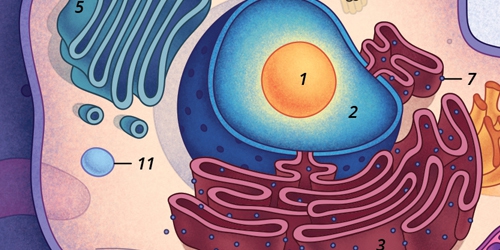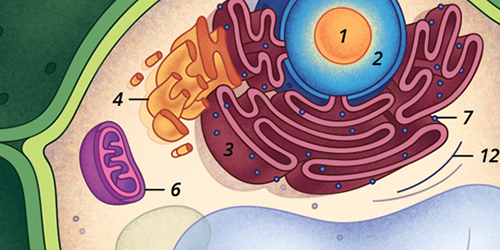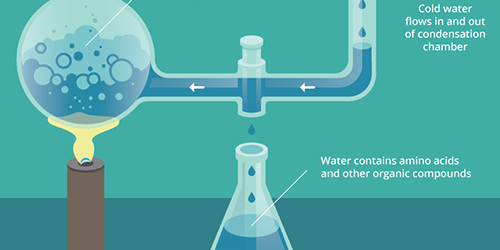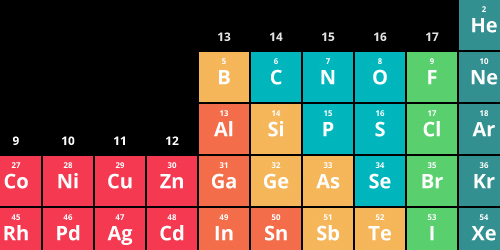Working With Scientists to Develop Modern and Accessible Educational Materials
By Carl Avidano

August, 2016|Visionlearning provides high-quality educational content in the science, technology, engineering, and mathematics (STEM) disciplines. Students learn the process of scientific discovery through a wealth of free online resources, including readings, quizzes, animations, a science glossary, and more.
It would take too long to cover everything we have learned while working with Visionlearning (not including the actual scientific concepts we helped them visualize). For the sake of brevity, we've identified three of this project's biggest challenges, and how we overcame them.
1. Rebrand while retaining equity and trust

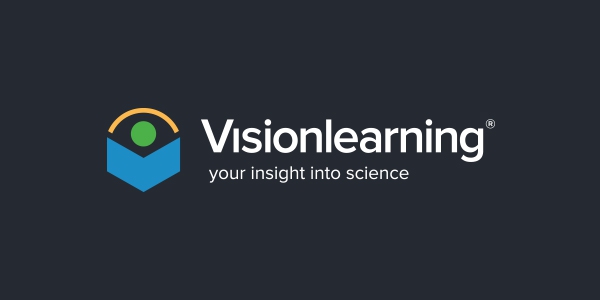
We needed to create a modern brand strategy while retaining equity—keeping the website recognizable to existing users. Our approach to their new logo preserved the "eye" element along with the overall orientation. Several revisions were made before we incorporated the "person reading" with the "eye" in the same mark (above).
Additionally, we organized fonts, colors, and image standards into a website style guide. Three leading colors (yellow, green, and blue) correspond to the three primary categories of the website (Library, Glossary, and Classroom).
It was necessary for the new website to organize sophisticated content, and at the same time, invite learners to explore various topics without becoming overwhelmed. The website templates are simple and without nonessential elements—allowing learners to quickly find relevant information.
2. Make it accessible to a variety of learners

For this project, accessibility went beyond making the website responsive (adapting to mobile devices). Visionlearning content is available in English and Spanish. Navigation is accessible to disabled users (through keyboard tabbing). Additionally, dyslexic learners may select a dyslexic-friendly font option, making the content easier to read.
3. Visualize scientific concepts across STEM disciplines
Much of the scientific artwork available online is severely outdated and utterly unattractive. Because of my background in art, and desire to learn practical digital illustration techniques, we saw an opportunity to create new scientific artwork.
We thoroughly research each topic and work closely with Visionlearning staff to ensure clarity and accuracy. Below are only a few of examples of the artwork placed throughout the readings.
Like the process of science itself, this project is a journey filled with trial, error, and discovery. Because of Visionlearning, we have learned new professional skills, and have a better understanding of the world around us. For that, we thank them.
View our Visionlearning case study.

